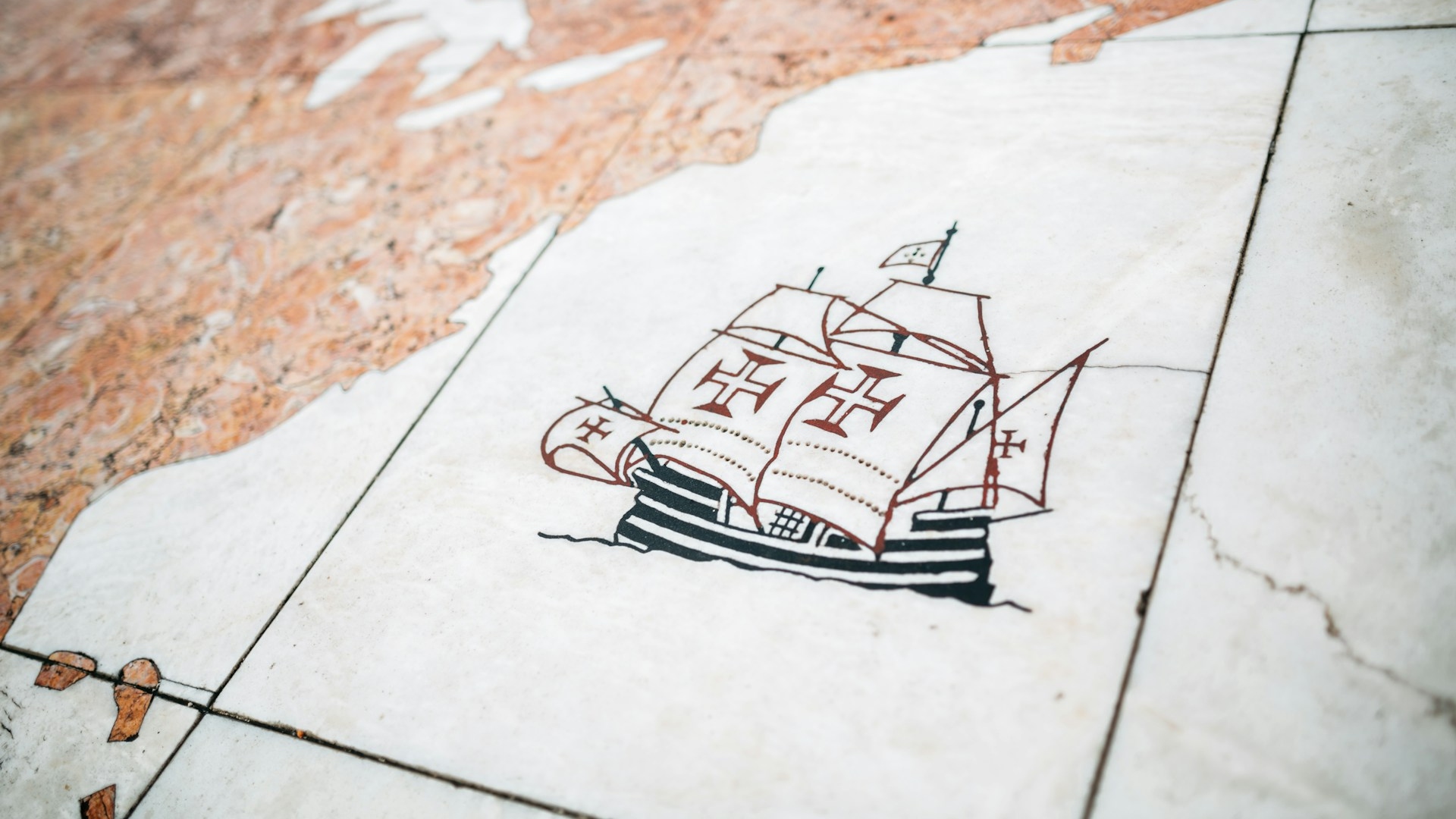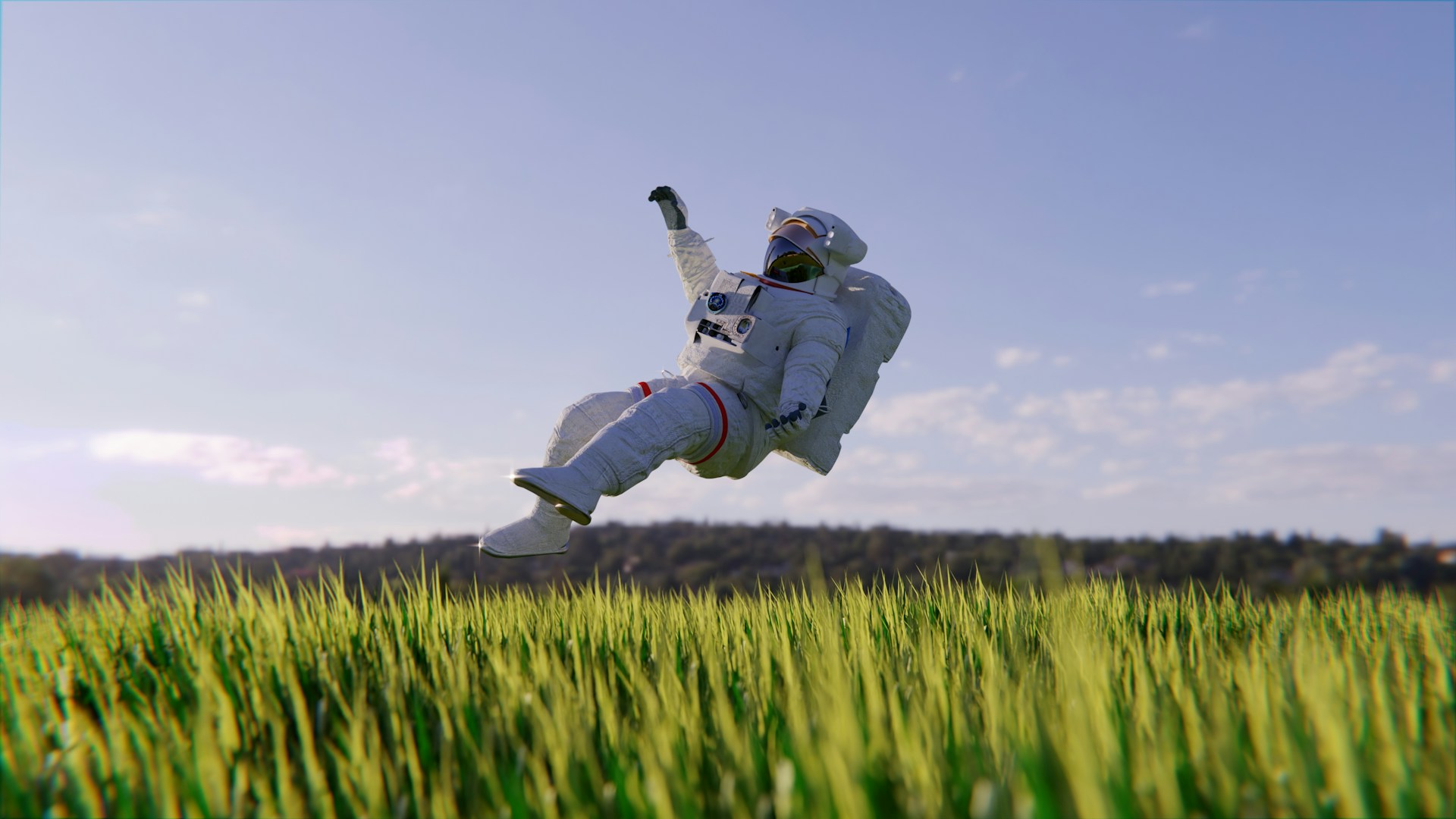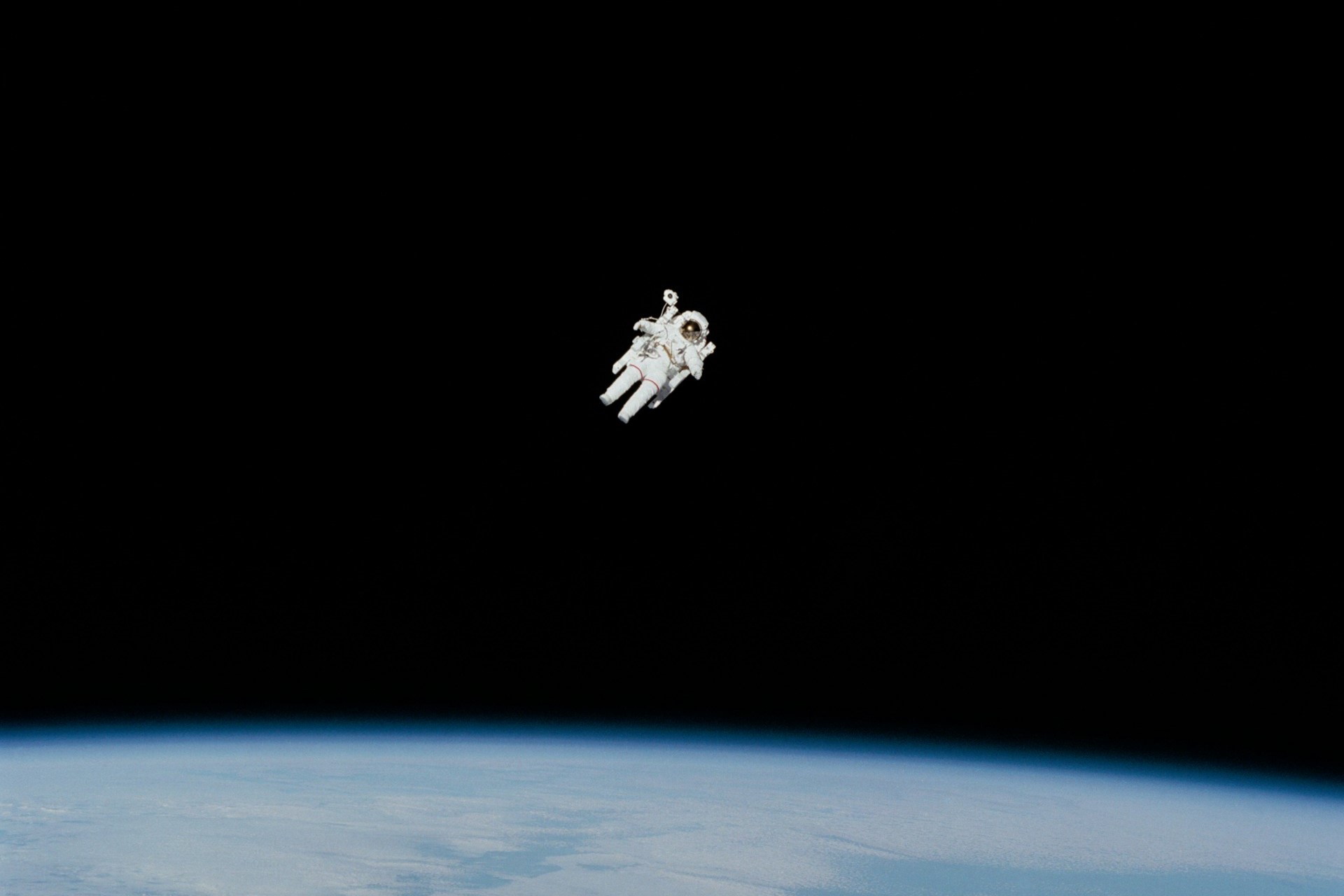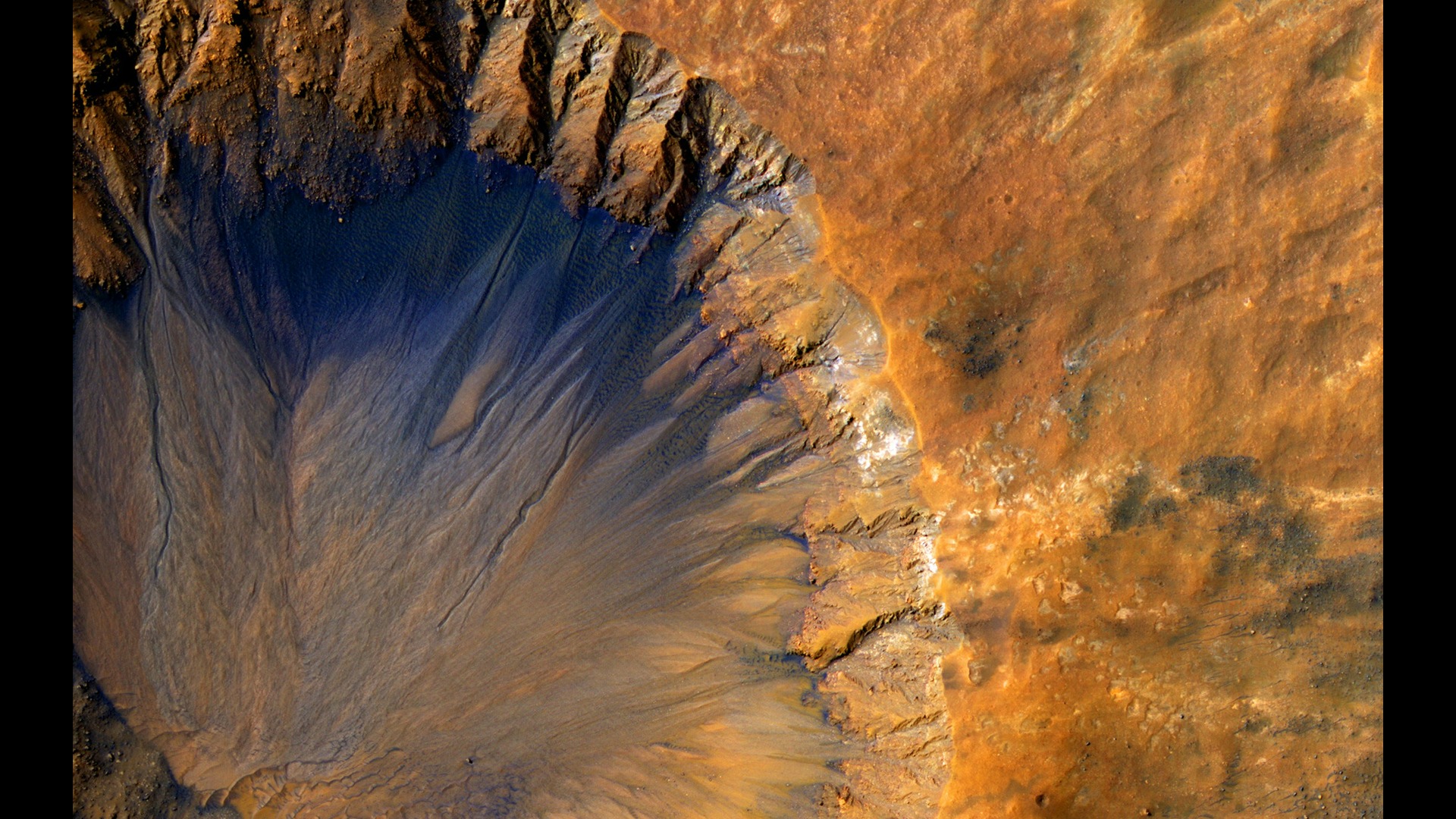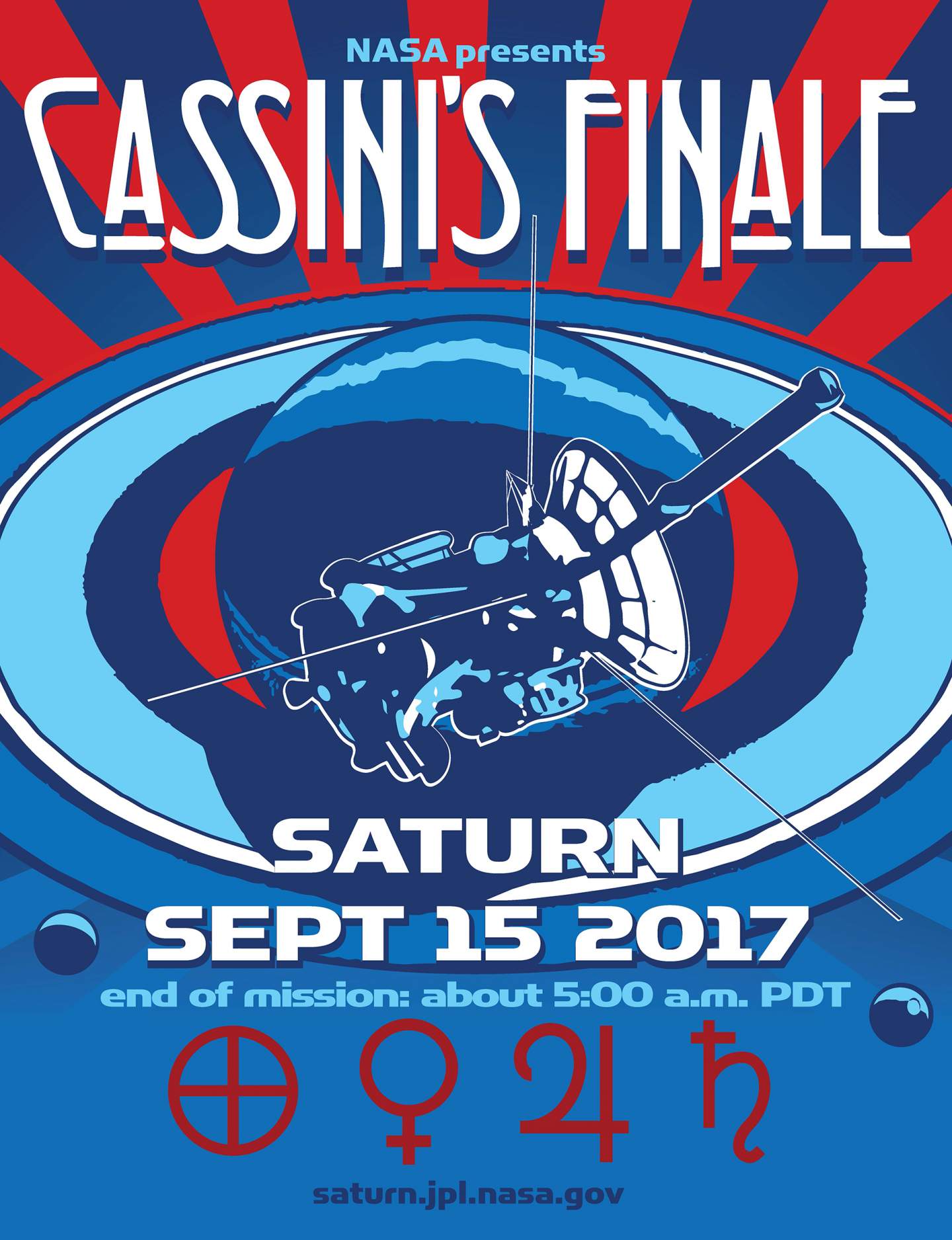
The Life and Times of the Cassini Spacecraft
September 14, 2017 - Emily Newton
Revolutionized is reader-supported. When you buy through links on our site, we may earn an affiliate commission. Learn more here.
The Cassini spacecraft has been in orbit around Saturn since it reached the gas giant in 2004. Thirteen years later, it will soon be taking its final dive into the ringed planet’s dense core. The Cassini spacecraft history is nearly as rich as the amazing photos it has sent back home over the years. Join us as we explore the life and times of Cassini before it makes its final dive into Saturn Friday morning around 5 a.m. PDT/ 8 a. m. EST.
The 1980s — Propositions and Planning
Before 1982, we hadn’t considered studying Saturn closely. That year, the European Space Agency (ESA) proposed a Saturn Orbiter and Titan Probe dual mission. It eventually became a joint mission between the ESA and NASA, and the final probe/orbiter would end up being constructed at and launched from Cape Canaveral in Florida. Unfortunately, as is common with government-funded projects, nothing else happened for the next 12 years.
The 1990s — Checks, Balances, and Liftoff…Plus Slingshots!
In 1994, U.S Congress almost put a stop to the planned Cassini-Huygens mission. The Cassini Spacecraft timeline almost became history before it even started! NASA budget cuts put the whole mission in jeopardy, but NASA managed to convince them that pulling the plug was a bad idea — the ESA had already paid for their half of the mission, after all!
In 1997, after years of planning and construction, the Cassini-Huygens orbiter and lander were on their way. They launched from Cape Canaveral Air Force Station in Florida on October 15th of that year. The 4:43 am launch went off without a hitch, and Cassini was on its way.
Instead of heading directly into the outer reaches of the solar system, Cassini first headed closer to the sun. In 1998, not long after its launch, the spacecraft used Venus to slingshot itself further out into the solar system. This maneuver allowed it to achieve speeds it wouldn’t have been able to reach otherwise — increasing the overall speed to seven km/s. In June of 1999, it slung itself around Venus one more time and waved goodbye to Earth in a flyby during August of that year.

The 2000s — Almost There! Stay on Target!
In 2000, after passing through the asteroid belt and into the outer portions of the solar system, Cassini first encountered Jupiter. During its six-month flyby as it got an assist from the gas giant’s gravity well, it snapped some of the most iconic portraits of the planet. They’ve only recently been improved upon by the Juno probe that currently orbits Jupiter.
In 2004, Cassini entered Saturn’s gravity well and said goodbye to the Huygens probe it had been carrying. This probe separated from the orbiter and began its descent toward Titan, Saturn’s largest moon. It landed on January 14th, 2005 and sent back tons of data about the composition of the planet’s atmosphere and surface. More than 10 years later, researchers are still analyzing the data!
Also in 2005, Cassini started its orbits around Saturn, flying by the various moons and even discovering water and organic particles from a moon named Enceladus. This discovery is also why the probe is currently on its final descent.
The Cassini Spacecraft found so many moons we never even knew existed in orbit around Saturn. When the probe left Earth, we thought the planet had 18 moons. While Cassini was traveling to the gas giant, we found 13 more, for a total of 31. Cassini, on the other hand, brought that total up to 62, with more still being discovered.
In 2006, the probe discovered liquid methane lakes on some of the moons of Saturn. Other parts of the moon’s surface appear to be made up of dry lake beds. Cassini’s first mission technically ended in 2008 with one last flyby of Titan, the largest moon. The Cassini Spacecraft stayed in orbit of the ringed giant, still sending back data while it flew.
The 2010s — Water, Interstellar Oceans and the End of Cassini
2010 held a new lease on life for Cassini — NASA gave it a new mission. This time, between 2010 and 2017, it would be making orbits of Saturn and multiple flybys of the moons Titan, Enceladus, Dione and Rhea.
In December of 2010, Cassini made one of its first amazing new discoveries — a massive storm spinning at Saturn’s northern pole. This storm covers the majority of the pole, is in the shape of a massive hexagon and no one had ever seen it before.
During these flybys, it also found that the plumes of water and organic matter it had originally detected coming from Enceladus were being powered by a liquid ocean that rested beneath the moon’s icy crust. The warmth of this ocean was creating the plumes. Because of the potential to find organic life in these interstellar oceans, this discovery signed Cassini’s death warrant.

2017 — The Grand Finale: Saying Goodbye to Cassini
When it was launched back in 1997, Cassini was not sterilized to the level that our spacecraft are sterilized today. This means that in spite of two decades in space, there could still potentially be Earth bacteria on the craft that could contaminate the environment of Titan or Enceladus if it crashed there. It’s a small risk, but not one that any researchers want to take.
While the scientists still have control over the probe, they will direct it to crash into Saturn and burn up in its atmosphere. This isn’t a waste, though — in addition to all of the information Cassini has already sent back, the probe will continue to send back information as it makes its final descent. As long as its thrusts can keep its transmission dish pointed toward Earth, it will be able to send back information about the density and composition of the deeper layers of Saturn’s atmosphere.
Once those thrusters fail, it will simply burn up — a meteor in the atmosphere of the gas giant. The Cassini spacecraft history is a story of amazing discovery and exploration. Raise a glass to Cassini on September 15th as it starts to make its final descent into Saturn’s atmosphere. Thank you for 20 years of amazing pictures and indescribable data — hopefully, it’s just the beginning of our foray into the universe!
Featured Image Source: NASA/JPL-Caltech
Revolutionized is reader-supported. When you buy through links on our site, we may earn an affiliate commission. Learn more here.
Author
Emily Newton
Emily Newton is a technology and industrial journalist and the Editor in Chief of Revolutionized. She manages the sites publishing schedule, SEO optimization and content strategy. Emily enjoys writing and researching articles about how technology is changing every industry. When she isn't working, Emily enjoys playing video games or curling up with a good book.
